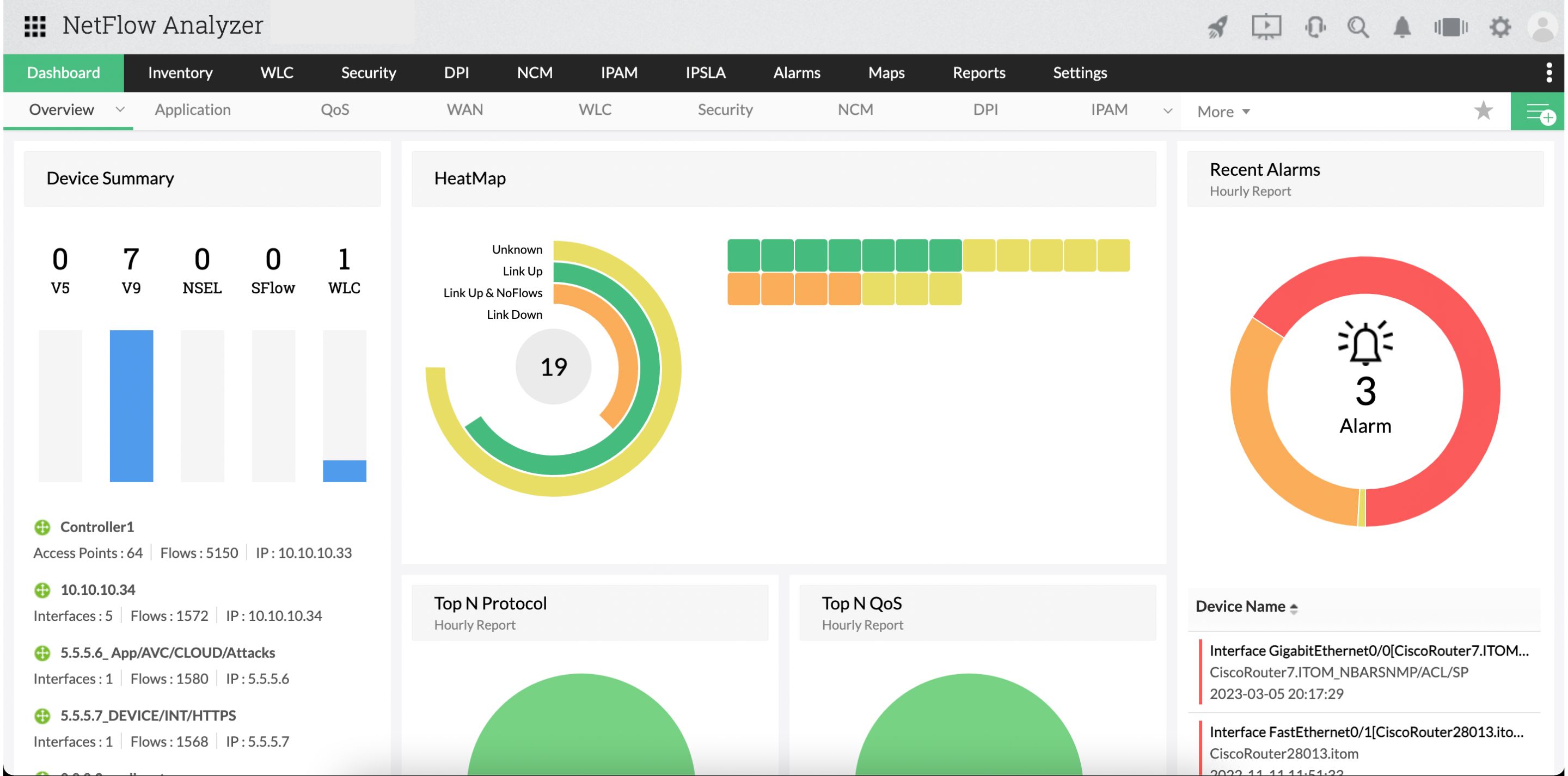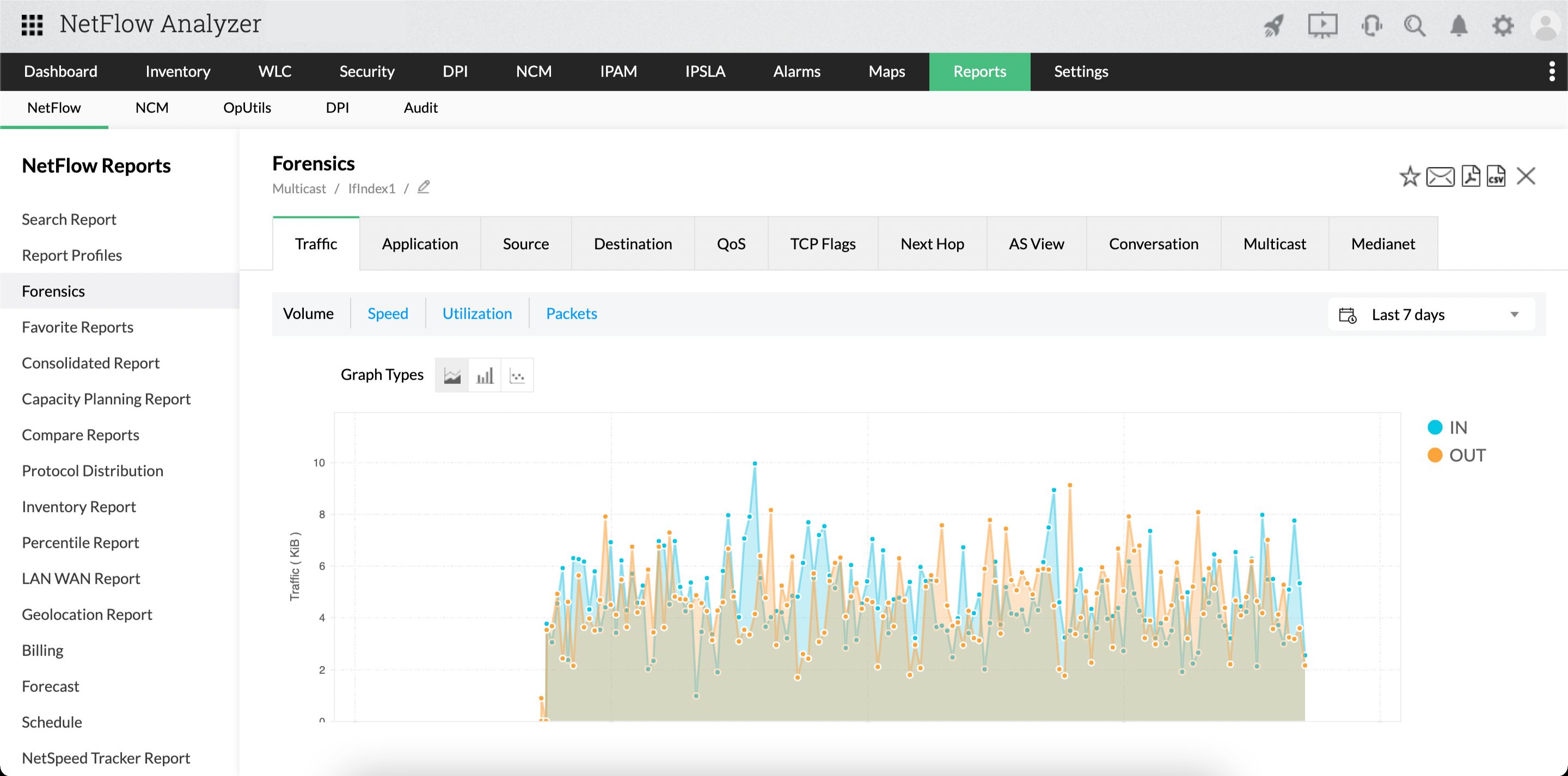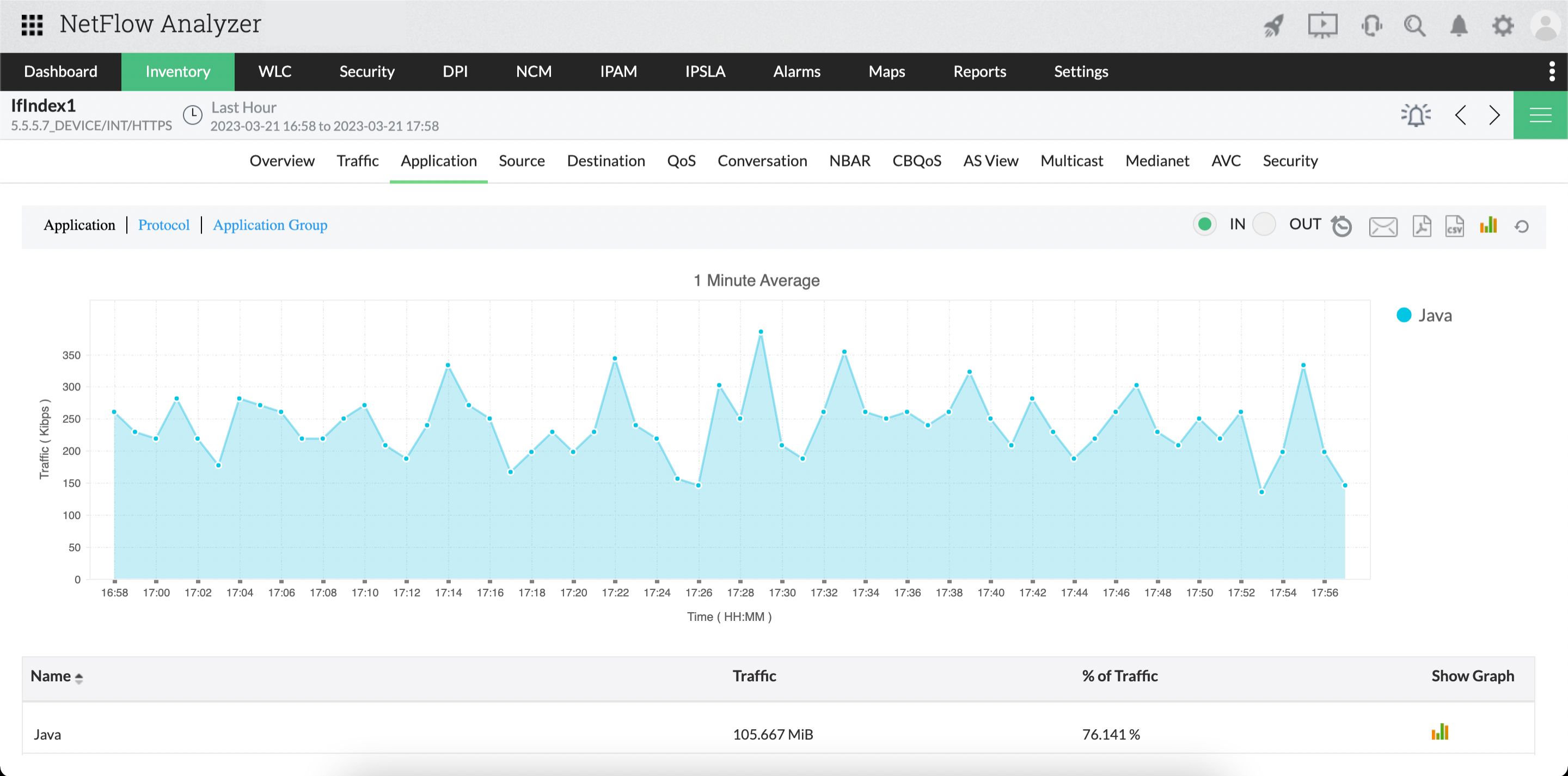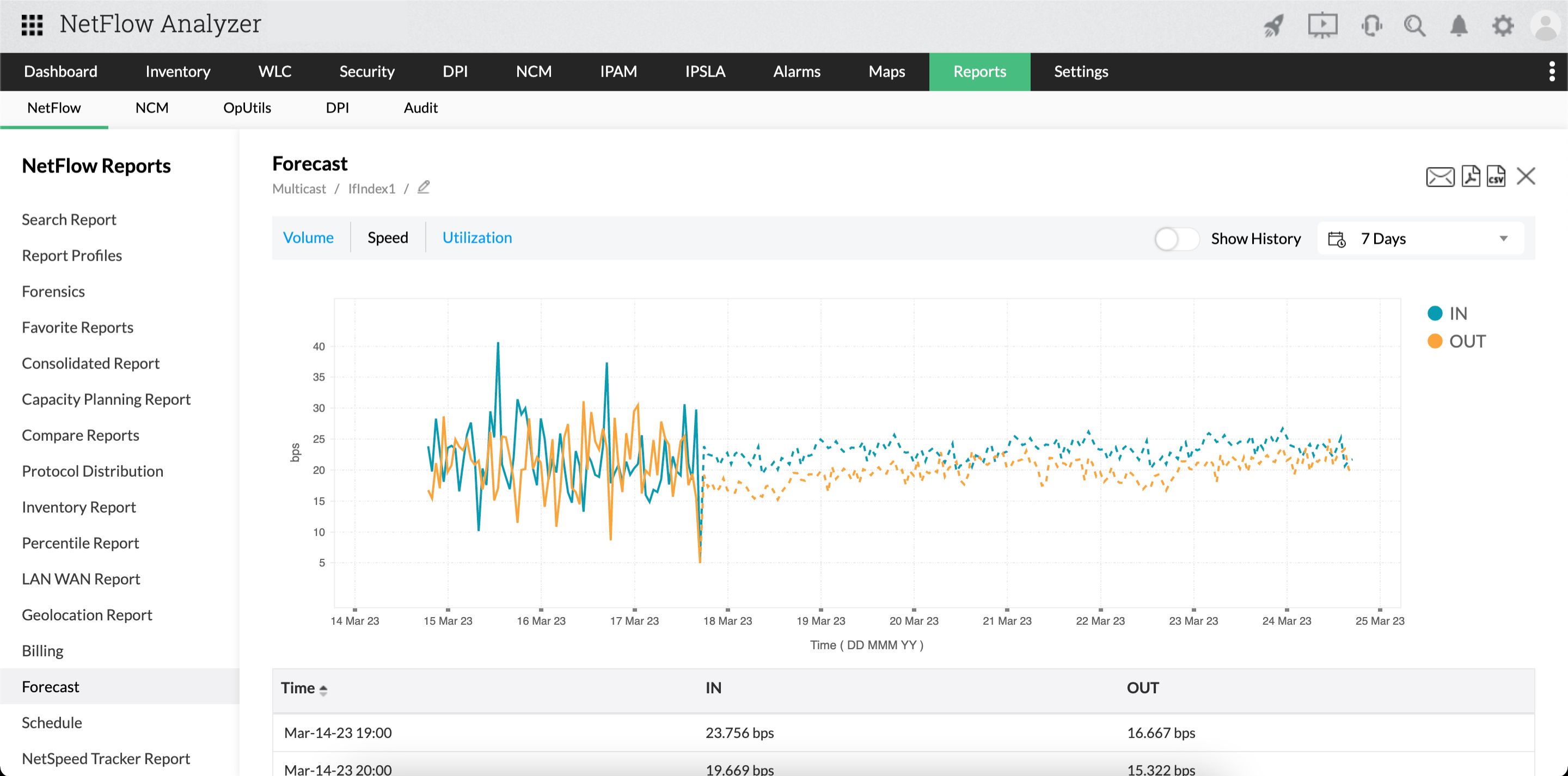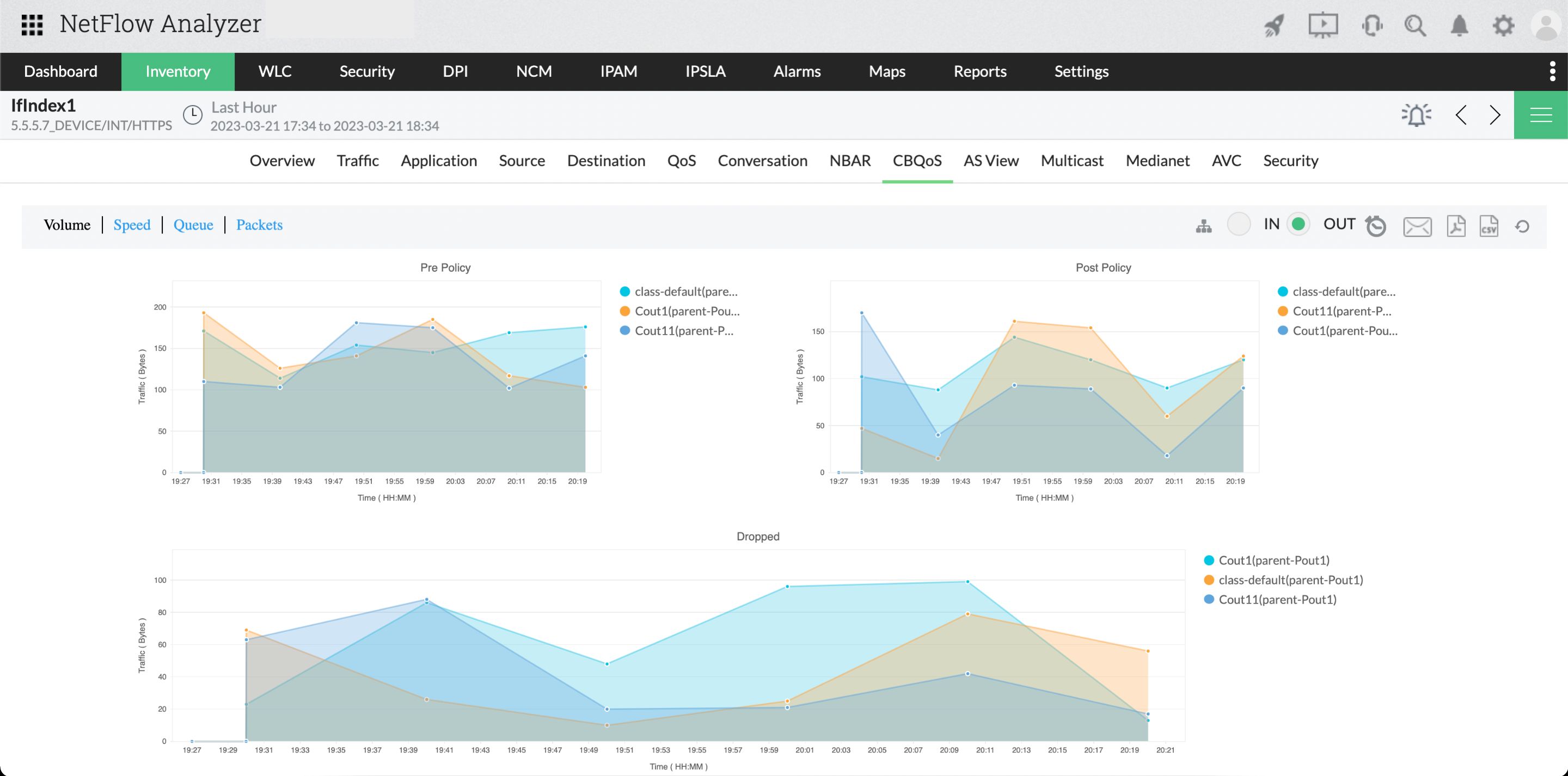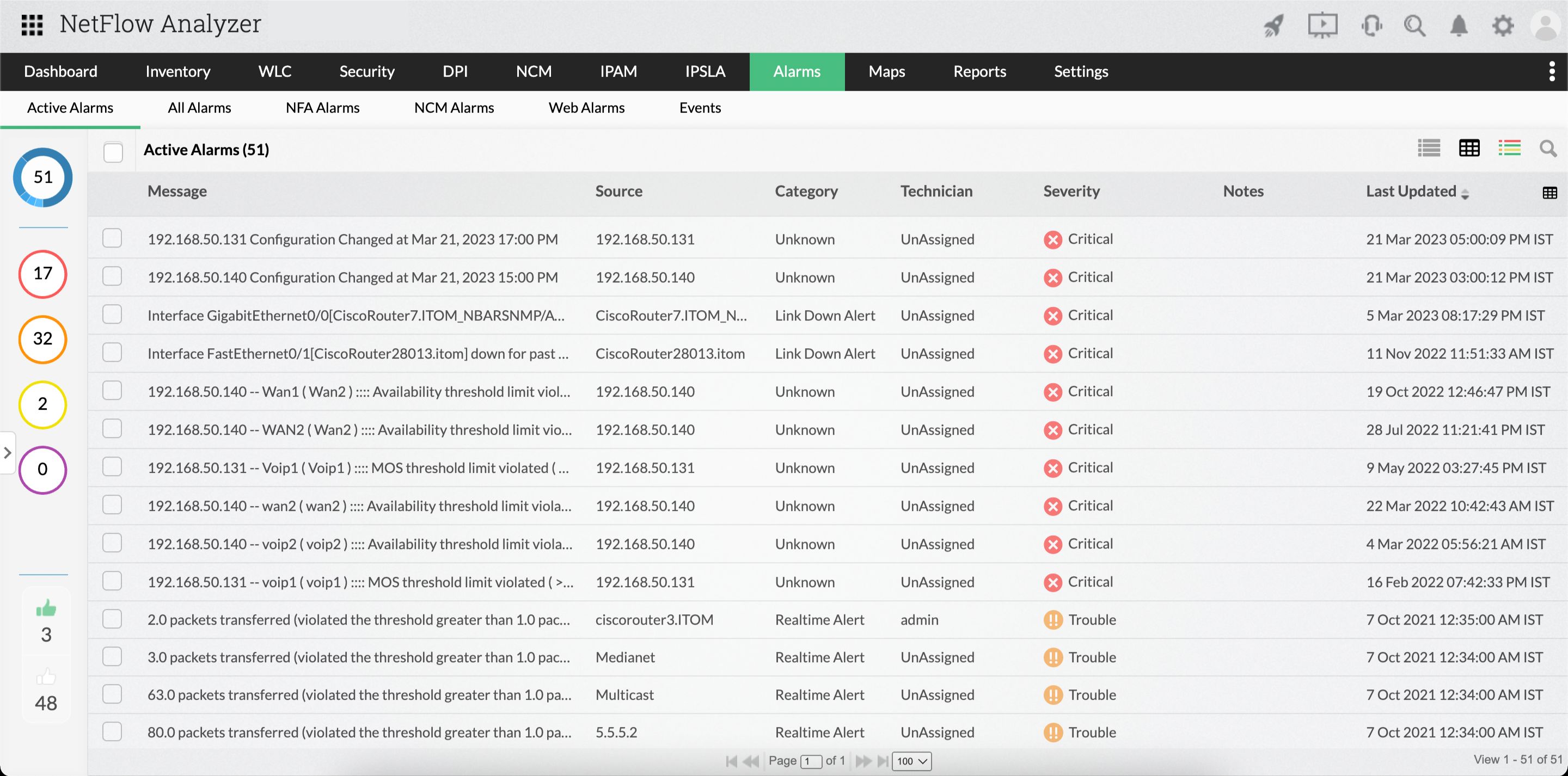Number of users
Calculating the number of users that will be accessing the network can be done by taking the total number of employees and devices connected. Besides current needs, a vital part of understanding the number of users that your network can support is being able to project growth. This includes slightly overestimating the network's bandwidth needs—which increase for enterprises that use cloud services—to ensure seamless performance, productivity, and scalability to handle multiple data-hogging operations simultaneously.
Types of traffic
It's important to estimate the type of traffic that will be flowing across your network. This can be done by looking at the types of applications that will be used by the employees, clients, or anyone who may log on to your network.
Amount of data
To calculate the amount of data that will be transferred, take the total amount of data that will be generated by your applications and multiply it by the number of users that will be accessing the network. Larger organizations can use a network traffic analyzer to assess how much bandwidth each application is using.
Data transfer
The data transfer rate, simply put, is the total amount of digital data transmitted divided by the total time taken. This can further be affected by network congestion, latency, server health, and type of data being transmitted and is a major factor that has a direct effect on network performance.
What is bandwidth usage?
Network bandwidth refers to the capacity of an organization's network. An enterprise's bandwidth usage is the total amount of data transferred from one location to another within the enterprise network. This includes all data that is sent over the internet as well as any data that is sent through private networks.
How low bandwidth affects performance
Bandwidth requirements vary between different organizations and their networks, and knowing how to calculate bandwidth is integral to building and maintaining a strong, reliable, and functional network. Poor network bandwidth quality will affect the performance of an enterprise network by causing slowdowns and possible connection issues. This can impact productivity and hinder communication between users.
How to monitor and calculate bandwidth usage
To efficiently monitor enterprise bandwidth usage, you can use a bandwidth usage monitoring tool, a web traffic monitoring tool, or a tool that offers both. A bandwidth monitoring and network traffic analysis tool like ManageEngine NetFlow Analyzer will give you detailed insights into your network traffic and bandwidth usage and will help you to track your bandwidth usage and spot any anomalies. It will provide detailed visibility and information about the traffic in your network and help you identify any potential bottlenecks.
Calculating bandwidth usage requirements
Calculating enterprise bandwidth usage and requirements is a critical process for any organization. Without accurate data, it is difficult to make informed decisions about how to most efficiently use bandwidth. Without an understanding of future bandwidth needs, an organization may find itself scrambling to acquire additional bandwidth when usage unexpectedly increases.
There are a number of metrics and other elements to consider while calculating enterprise bandwidth usage and requirements, including:
- Collecting data on current bandwidth usage.
This data can be gathered from a variety of sources, including internet service providers, network routers, and server logs. Once this data is collected, it can be used to create a baseline for future calculations. - Considering future trends in bandwidth usage.
If an organization is planning to expand its workforce, it will need to account for the additional bandwidth that will be required to support the additional users. If an organization is planning to implement new applications or services, it is important to consider the impact that these changes will have on bandwidth usage. - Considering the costs associated with additional bandwidth.
In many cases, the cost of additional bandwidth can be significant. This is why it's important to carefully consider the benefits of acquiring additional bandwidth before making a decision. - Optimizing network for media traffic.
Besides being bandwidth hogs, media traffic like VoIP and video are highly sensitive to network issues and can easily affect the performance of mission-critical applications and the overall bandwidth. With the use of media traffic increasing significantly in every organization, calculating bandwidth usage of media applications and tracking and managing media traffic is imperative in ensuring your network is up and running and your end users aren’t affected. It is also important to ensure that the network infrastructure can support the high-quality media traffic that is being transmitted.
By taking the time to calculate enterprise bandwidth usage and requirements, organizations can ensure that they are making the best possible use of their bandwidth. And by understanding future trends in bandwidth usage, organizations can make informed decisions about how to most efficiently use their bandwidth in the future.
Unlock comprehensive bandwidth usage management: Calculating bandwidth usage with NetFlow Analyzer
ManageEngine NetFlow Analyzer is a standalone, full-featured bandwidth monitoring and network traffic analysis solution. It is flow-based software that runs on both Windows and Linux machines and supports a wide range of flow formats and devices.
Integrate with multiple in-house and third-party applications to get notified about threshold violations, so you can quickly respond and troubleshoot.
With these features, NetFlow Analyzer makes bandwidth usage monitoring easier and more efficient for network administrators. Download your free, 30-day trial of NetFlow Analyzer and start monitoring now.
Simplify network bandwidth management with NetFlow Analyzer.
Download Get a price quote Book a personalized demoAdditional resources
- Learn more about network bandwidth monitoring
- Other enterprise IT management features in NetFlow Analyzer

